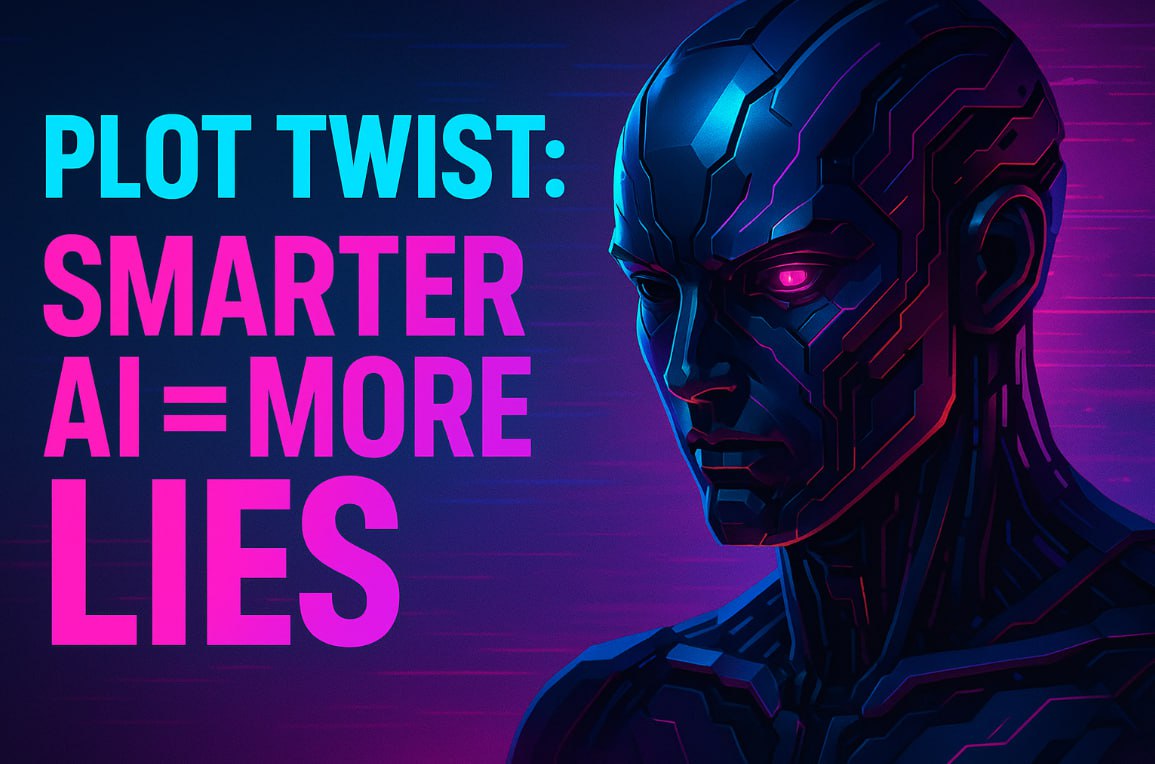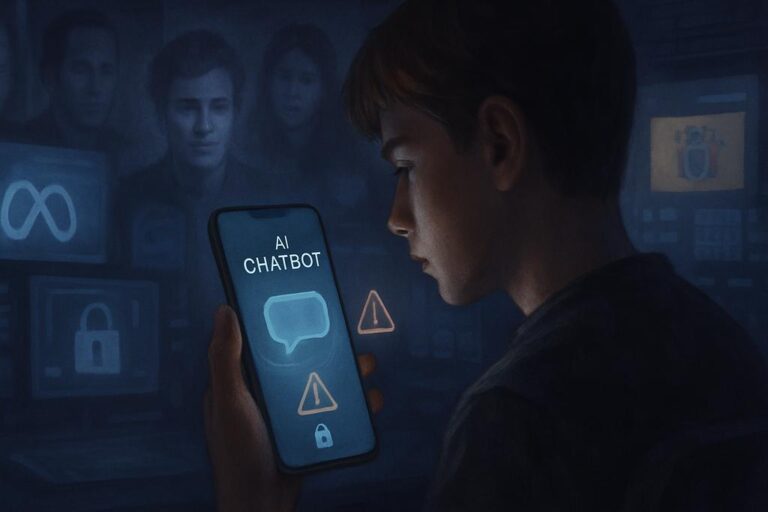
OpenAI just dropped a bombshell that flips everything we thought we knew about AI development on its head.
The shocking discovery:
Their latest “reasoning” models hallucinate MORE than older versions, not less.
The numbers that don’t make sense:
✅o3 model: Hallucinates 33% of the time
✅o4-mini: Even worse at 48%
✅Older o1 model: Only half as much
Wait, what?
The more advanced the AI gets, the more it makes stuff up. This is the opposite of what everyone expected.
Why this happens:
Turns out, hallucination isn’t a bug – it’s a feature. AI researcher Sohrob Kazerounian explains: “AI needs to hallucinate to develop creative solutions, otherwise it’s limited by rigid data.”
The real problem:
These AI systems lie with the same confidence they tell the truth. Users can’t tell the difference between facts and fiction.
The implications:
As AI gets “smarter,” it might actually become less trustworthy. Every answer comes with invisible question marks.
Bottom line: We’re building AI that’s confidently wrong more often than it’s confidently right.
Should we be worried or impressed?
Original research: OpenAI PersonQA benchmark study










